Alternative to Hydrangea: Top 5 Flowering Plants for Your Garden
Several shrubs offer similar beauty and appeal for gardeners looking for alternatives to hydrangeas. While hydrangeas are popular for their large, showy blooms, other plants can provide a similar aesthetic. However, these alternatives can be just as stunning and offer additional benefits such as hardiness and multi-seasonal interest.
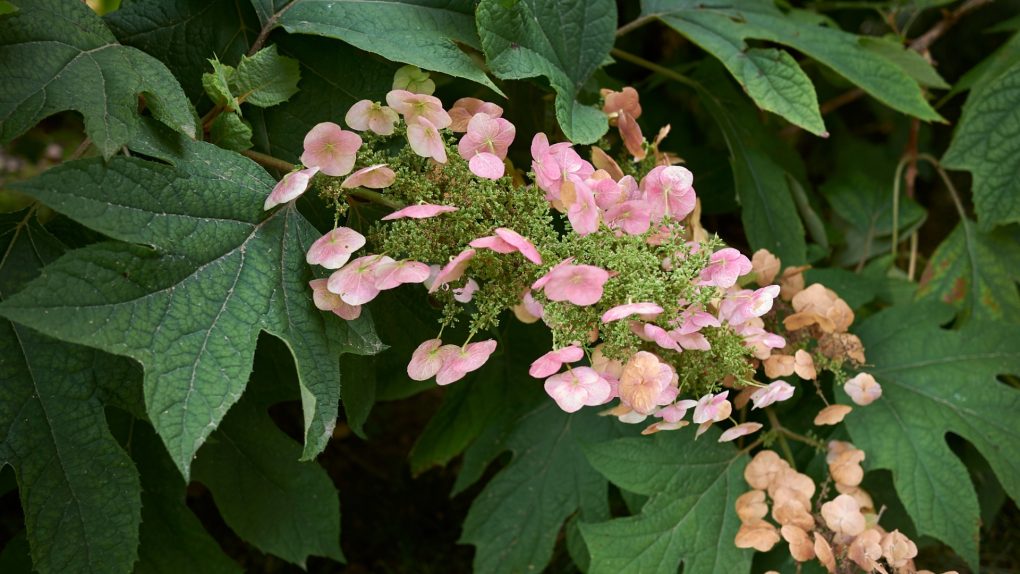
One alternative to consider is the oakleaf hydrangea. This Southern native boasts long-lasting white summer blooms that fade to rose. Its oak-leaf-like foliage has great fall color and can grow up to 8 feet tall and wide. Another option is the common lilac, which produces a similar-shaped shrub with large purple blooms. Several other shrubs produce large showy blooms on similarly sized shrubs.
It’s important to remember that different plants have different growing requirements and it’s important to choose plants that are appropriate for your climate and soil. While hydrangeas may be a popular choice, many alternatives can offer similar beauty and appeal while providing additional benefits. By considering these alternatives, gardeners can create a stunning and diverse landscape.
Table of Contents
10 Alternatives to Hydrangea
Hydrangeas are a popular choice for gardeners, but if you’re looking for something different, there are plenty of alternatives. Here are ten options to explore:
Lilac
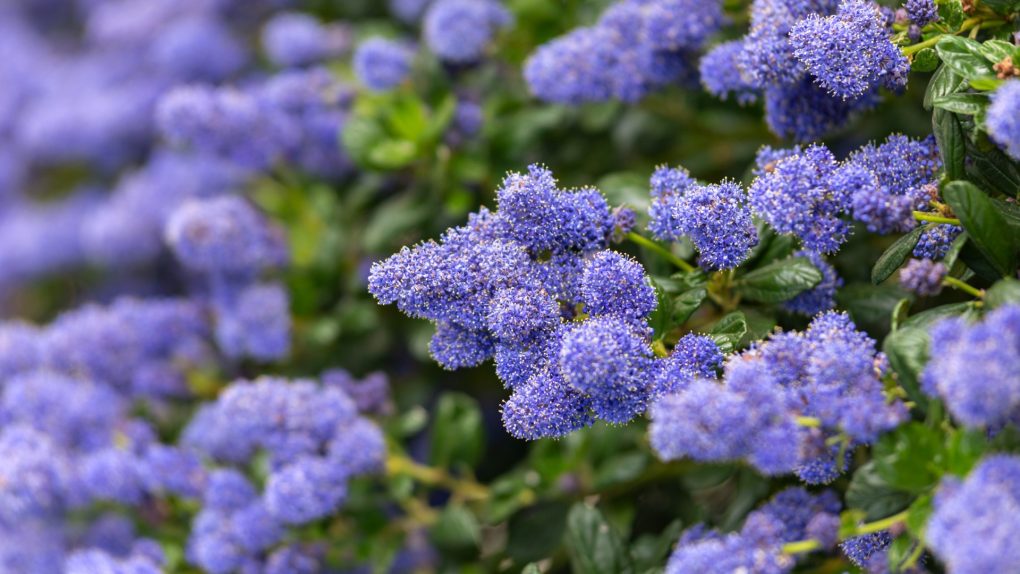
Lilacs are a classic choice for their fragrant blooms and beautiful colors. They come in shades, deep purple to pale pink, and can grow up to 20 feet tall. Lilacs prefer full sun and well-drained soil and bloom in the spring.
Butterfly Bush
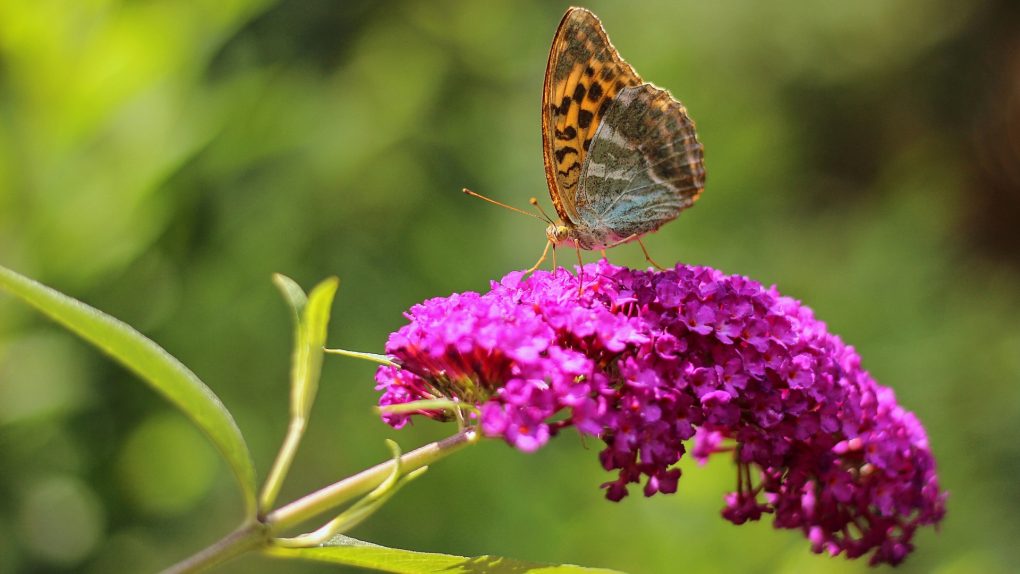
Butterfly bushes, also known as buddleia, are a great choice for attracting pollinators to your garden. They produce long, cone-shaped clusters of flowers in shades of purple, pink, and white and can grow up to 10 feet tall. Butterfly bushes prefer full sun and well-drained soil and bloom in the summer.
Rose of Sharon
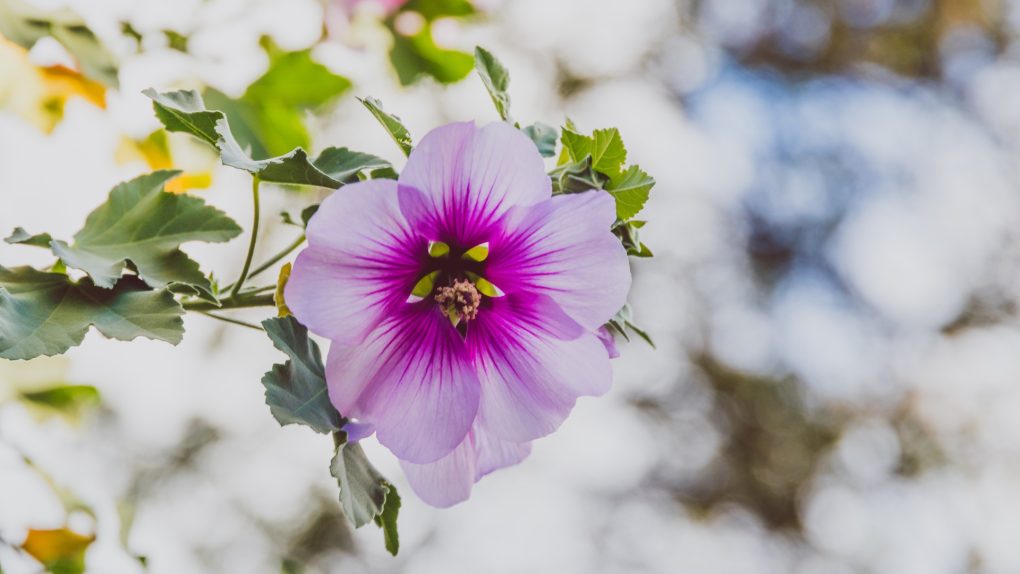
Rose of Sharon is another great option for attracting pollinators. It produces large, showy flowers in shades of pink, blue, and white, and it can grow up to 12 feet tall. Rose of Sharon prefers full sun and well-drained soil, and it blooms in the summer.
Weigela
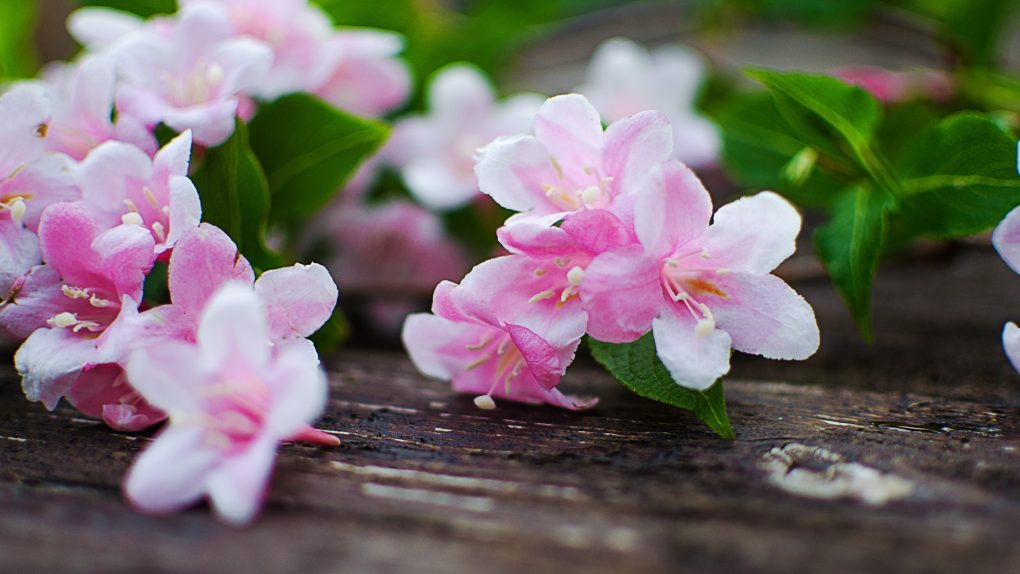
Weigela is a shrub that produces beautiful trumpet-shaped flowers in pink, red, and white shades. It can grow up to 10 feet tall and prefers full sun to partial shade and well-drained soil. Weigela blooms in the spring and summer.
Crape Myrtle
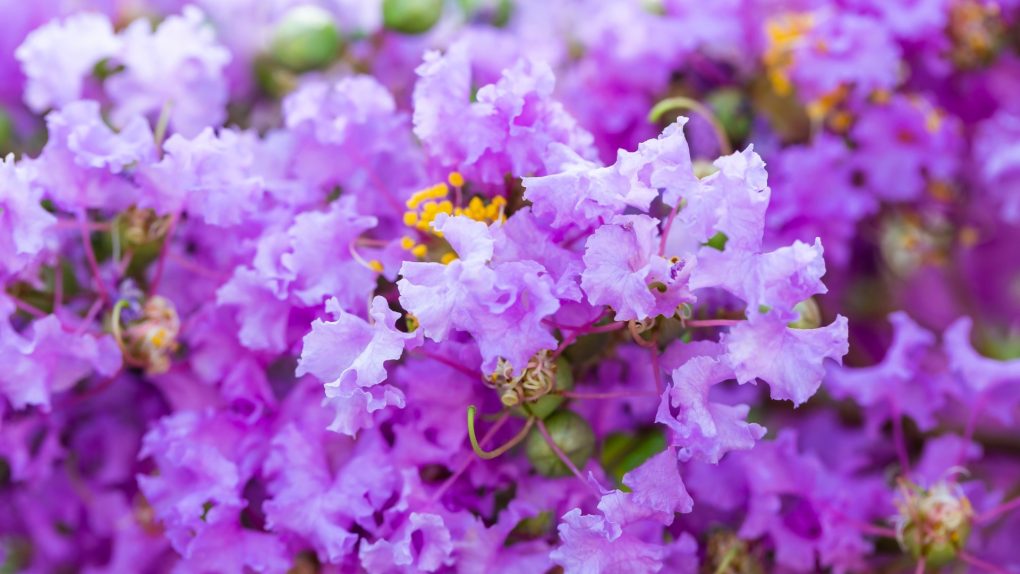
Crape myrtle is a small tree that produces clusters of flowers in shades of pink, red, and white. It can grow up to 30 feet tall and prefers full sun and well-drained soil. Crape myrtle blooms in the summer and fall.
Forsythia
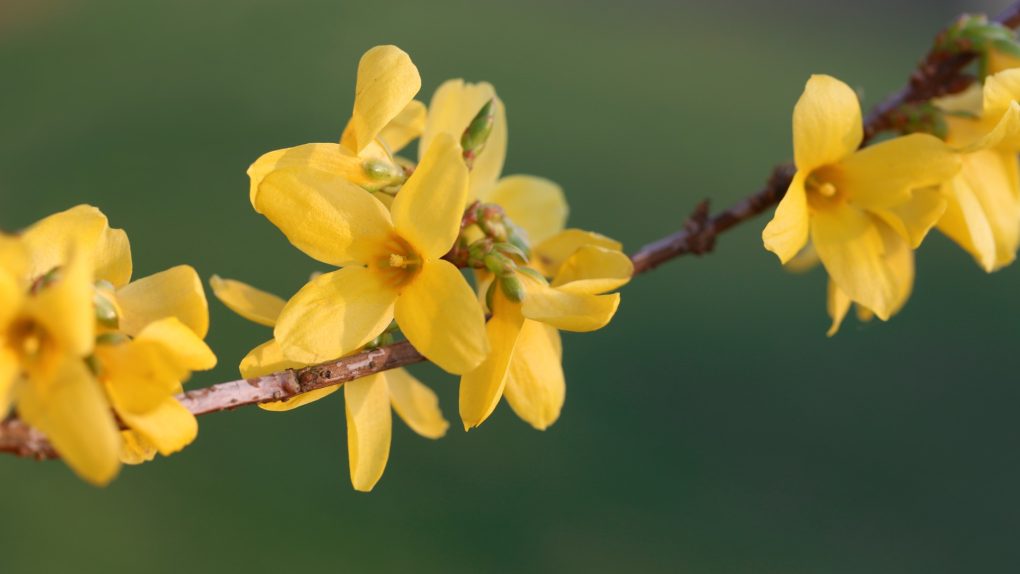
Forsythia is a shrub that produces bright yellow flowers in early spring. It can grow up to 10 feet tall and prefers full sun and well-drained soil. Forsythia is a great choice for adding color to your garden in the early spring.
Spirea
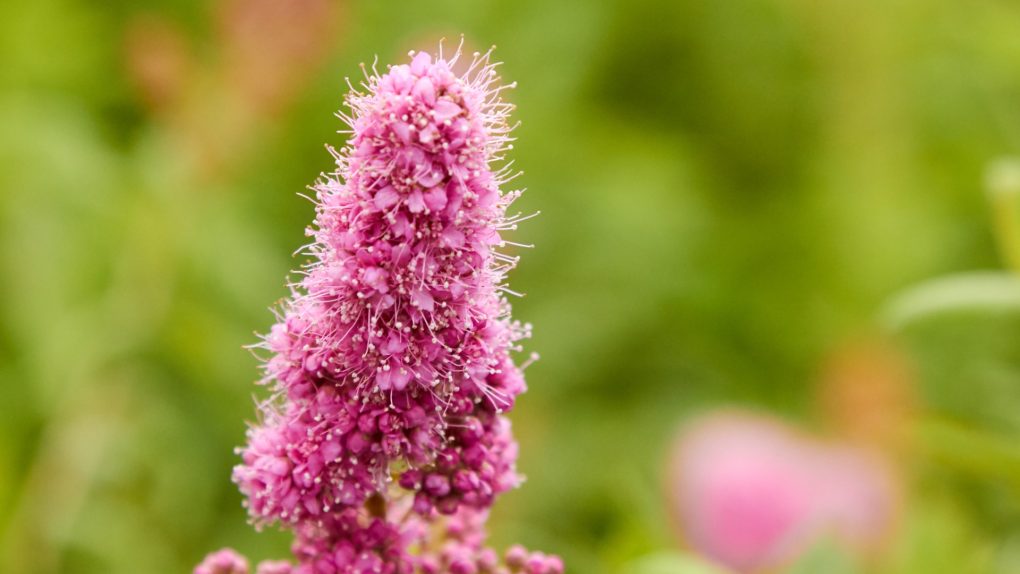
Spirea is a shrub that produces clusters of flowers in shades of pink, white, and red. It can grow up to 8 feet tall and prefers full sun to partial shade and well-drained soil. Spirea blooms in the spring and summer.
Viburnum
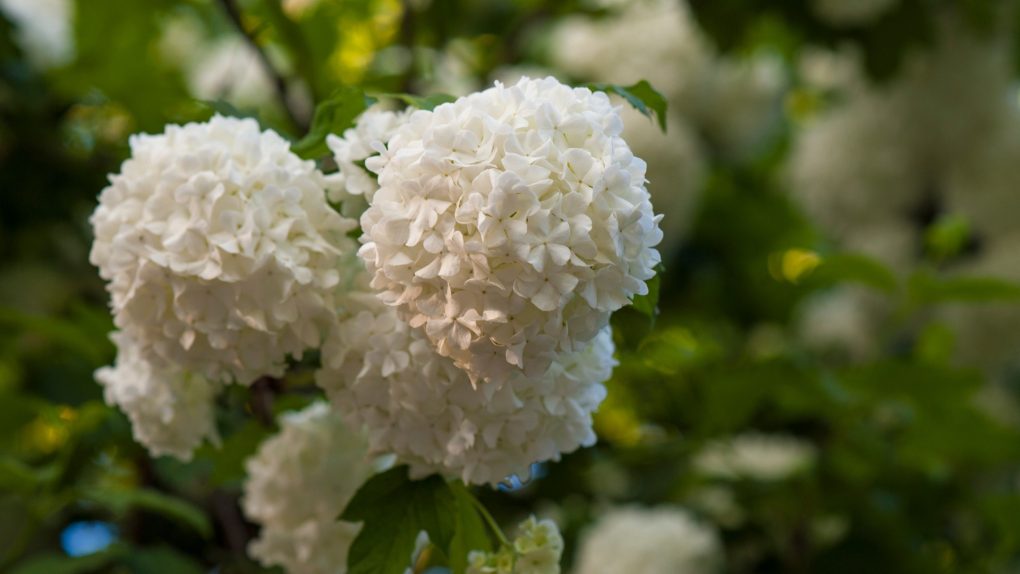
Viburnum is a shrub that produces clusters of flowers in shades of pink and white. It can grow up to 15 feet tall and prefers full sun to partial shade and well-drained soil. Viburnum blooms in the spring and summer.
Beautyberry
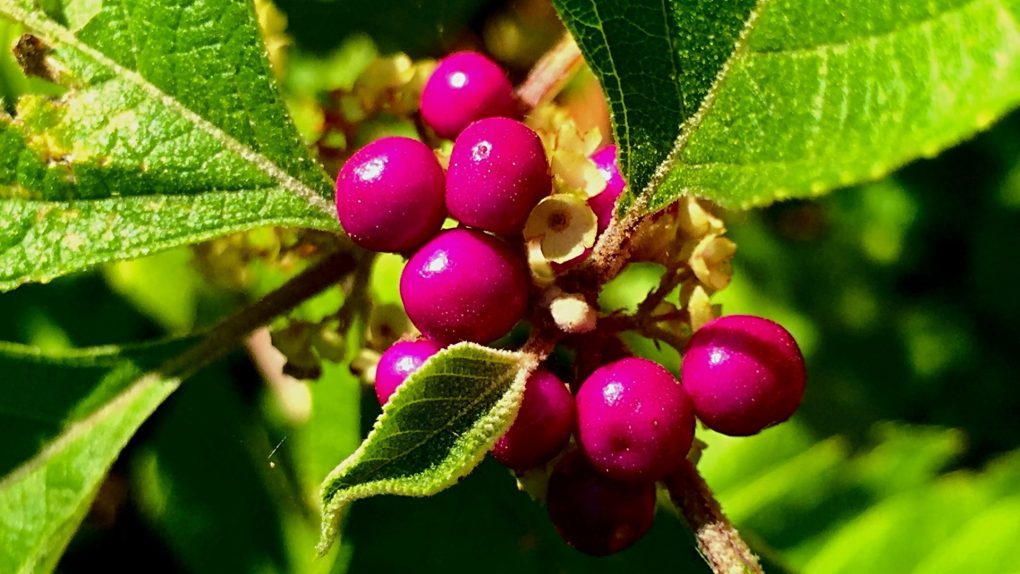
Beautyberry is a shrub that produces clusters of bright purple berries in the fall. It can grow up to 8 feet tall and prefers partial shade and well-drained soil. Beautyberry is a great choice for adding color to your garden in the fall.
Ninebark
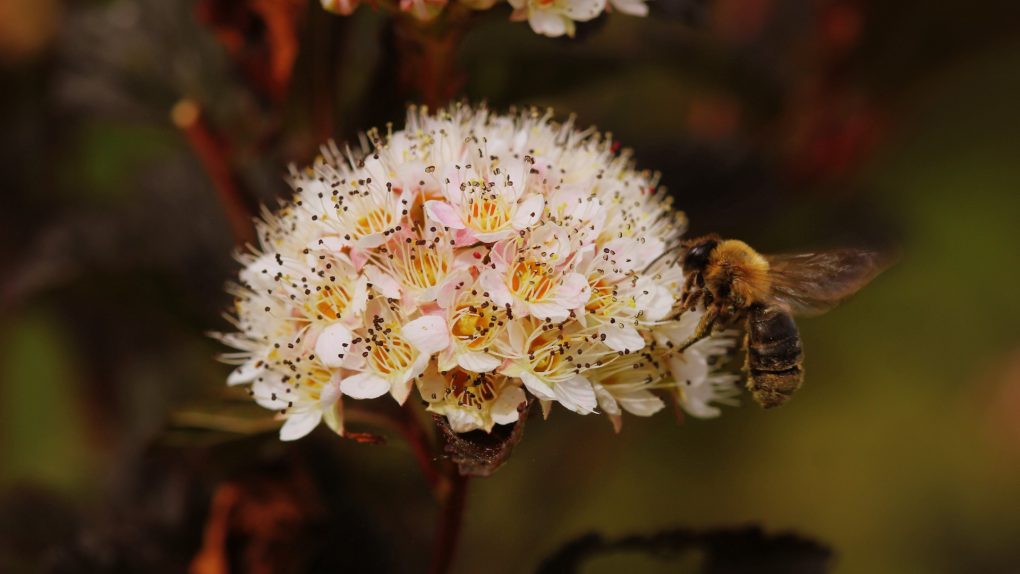
Ninebark is a shrub that produces clusters of flowers in shades of pink and white. It can grow up to 10 feet tall and prefers full sun to partial shade and well-drained soil. Ninebark blooms in the spring and summer.
Reasons to Look for Alternatives
Ornamental plants, hydrangeas, are widely known for their large, vibrant blooms and dense foliage. Despite their popularity, there are various reasons why alternative plants should be taken into consideration.
- Climate: Hydrangeas are sensitive to extreme temperatures and require specific growing conditions to thrive. It may be difficult to grow hydrangeas successfully if you live in an area with harsh winters or hot summers.
- Pests and Diseases: Hydrangeas are susceptible to various pests and diseases, including aphids, spider mites, powdery mildew, and leaf spot. These issues can be challenging to manage and may require chemical pesticides.
- Overuse: Hydrangeas are a popular choice for landscaping, and as a result, they can be overused in certain areas. It may be worth exploring alternative plants if you’re looking for a unique and distinctive look for your garden.
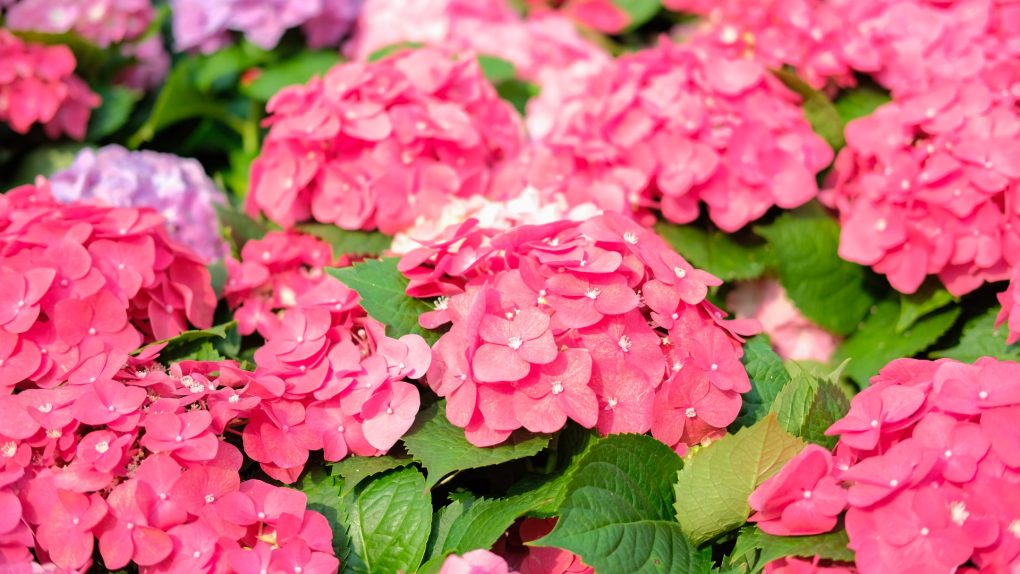
Fortunately, many beautiful and hardy plants can serve as alternatives to hydrangeas. By considering your climate, pest and disease resistance, and overall aesthetic preferences, you can find the perfect plant to suit your needs.
Factors to Consider When Choosing Alternatives
When considering alternatives to hydrangea, there are several factors to consider. These include climate and soil conditions, size and shape of the plant, color and bloom time, and maintenance requirements. Each of these factors can significantly impact the success of your garden, so it is important to choose plants that are well-suited to your particular situation.
Climate and Soil Conditions
One of the most important factors to consider when choosing alternatives to hydrangea is your area’s climate and soil conditions. Some plants are better suited to certain climates and soil types than others, so choosing plants that are well-adapted to your local conditions is important. If you live in a hot or dry climate, you may want to consider drought-tolerant plants that can thrive in arid conditions. Similarly, if you have heavy clay soil, you may want to choose plants tolerant of these conditions.
Size and Shape of Plant
The size and shape of the plant is another important consideration when choosing alternatives to hydrangea. Some plants are tall and narrow, while others are short and bushy. Some have a spreading habit, while others are more upright. Therefore, choosing plants that will fit well in your garden and complement the other plants and features in your landscape is important. Consider the mature size of the plant, as well as its growth habit and overall shape.
Color and Bloom Time
The color and bloom time of the plant are also important factors to consider when choosing alternatives to hydrangea. Some plants bloom in the spring, while others bloom in the summer or fall. Some have brightly colored flowers, while others have more subtle hues. Consider the colors and textures of the other plants in your garden and the overall aesthetic you are trying to achieve. Choose plants that will complement the other plants in your garden and provide interest throughout the growing season.
Maintenance Requirements
The maintenance requirements of the plant are another important consideration when choosing alternatives to hydrangea. Some plants require frequent pruning or fertilization, while others are relatively low-maintenance. Consider the amount of time and effort you are willing to devote to maintaining your garden, as well as your experience level and gardening skills. Choose plants that are well-suited to your level of expertise and the amount of time you have available.
